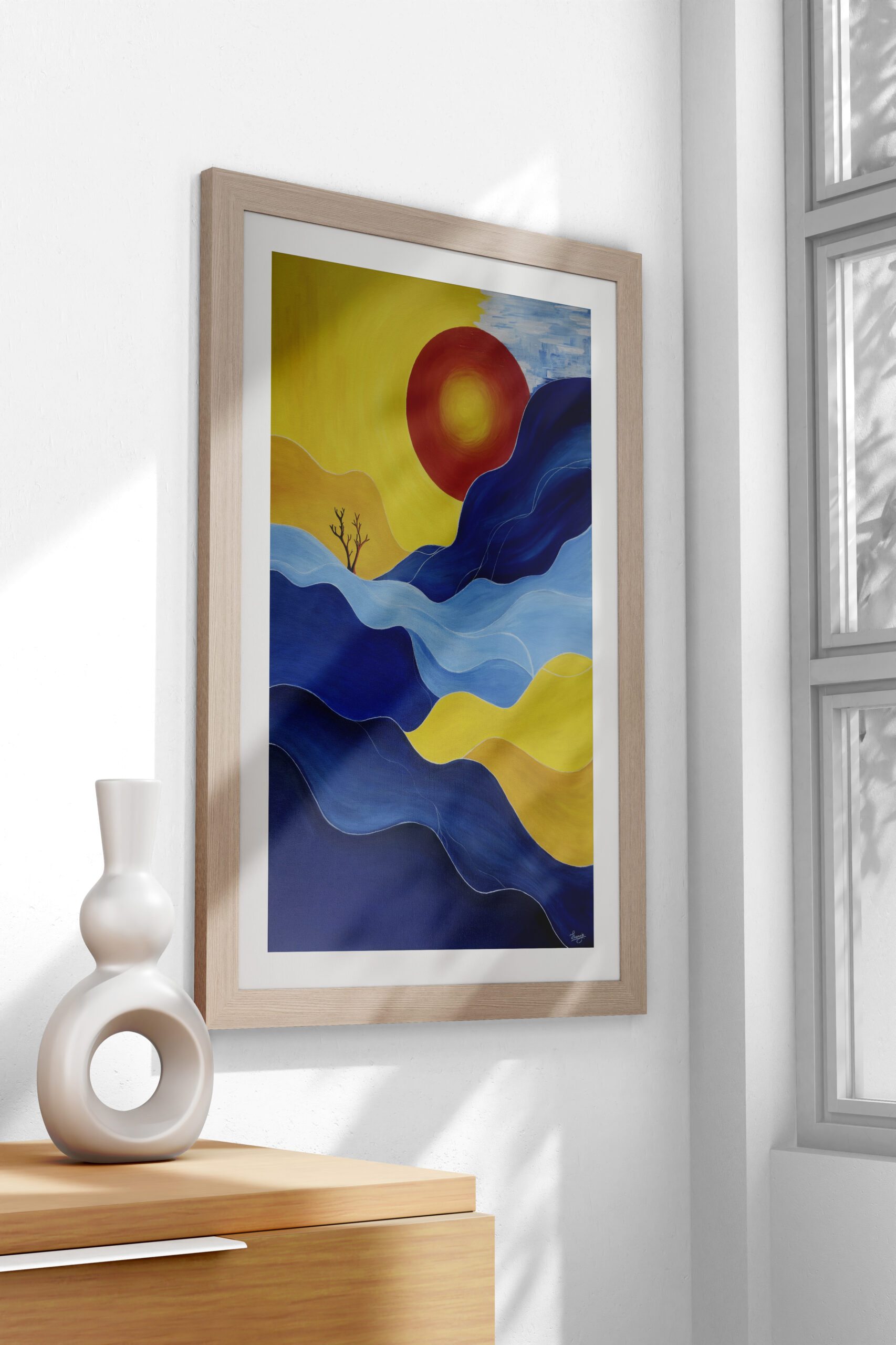
Abstract painting is one of the most intriguing and expressive art forms, offering an infinite canvas for creativity and emotion. Unlike traditional art that often represents physical objects or realistic scenes, abstract painting delves into the intangible, capturing moods, feelings, and ideas through colors, shapes, and textures. This blog post takes you on a journey through the fascinating realm of abstract painting, exploring its origins, techniques, and the emotional resonance it creates.

A Brief History of Abstract Art
Abstract painting emerged in the late 19th and early 20th centuries as artists began to challenge conventional norms of representation. Visionaries like Wassily Kandinsky, Kazimir Malevich, and Piet Mondrian pioneered this movement, believing that art could communicate spiritual and emotional truths beyond the physical world.
Kandinsky, often hailed as the father of abstract art, viewed his work as a symphony of colors and shapes that resonated with the viewer’s soul. Malevich’s bold geometric forms in his “Suprematism” style stripped art to its essentials, while Mondrian’s grid-like compositions celebrated harmony and balance.
Why Abstract Painting Matters
Abstract art invites viewers to interpret and connect on a personal level. Unlike figurative works, which often dictate a narrative, abstract paintings allow for multiple interpretations. This freedom encourages a unique dialogue between the artist and the audience, making the experience deeply personal.
In a world saturated with literal imagery and structured narratives, abstract painting provides a refreshing escape. It allows both artists and viewers to explore their subconscious, express complex emotions, and experience art beyond the confines of logic.
Techniques in Abstract Painting
Abstract painting is as diverse as the artists who create it. Here are some common techniques and approaches:
- Color Field Painting: Artists like Mark Rothko used large swaths of color to evoke emotion and immerse viewers in a meditative experience. These paintings often have subtle gradients and layered hues.
- Action Painting: Pioneered by Jackson Pollock, this technique involves dripping, splattering, or pouring paint onto a canvas. The dynamic process captures energy and spontaneity, turning the act of painting itself into an art form.
- Geometric Abstraction: With precise lines, shapes, and patterns, artists like Mondrian and Malevich focused on harmony and order. This style often communicates a sense of balance and modernity.
- Textural Exploration: Many abstract artists experiment with texture by incorporating unconventional materials like sand, fabric, or metal into their work. This adds a tactile dimension and depth to their pieces.
- Mixed Media: Abstract painters frequently blend mediums such as acrylics, oils, and pastels. The interplay of different materials can result in unexpected effects and layered meanings.

Creating Your Own Abstract Art
If you’re inspired to try your hand at abstract painting, here are some tips to get started:
- Set an Intention: Decide what you want to express. It could be a mood, a memory, or even just a combination of colors that fascinate you.
- Experiment Freely: Abstract art thrives on experimentation. Play with different tools, from brushes and palette knives to sponges and your fingers.
- Embrace Imperfection: There’s no “right” or “wrong” in abstract art. Allow yourself to make mistakes and learn from them.
- Focus on Composition: Even in abstraction, composition matters. Pay attention to the balance, movement, and flow of elements on your canvas.
- Reflect and Refine: Step back from your work frequently to see it from a new perspective. Sometimes, a fresh pair of eyes can reveal surprising insights.
The Emotional Impact of Abstract Painting
Abstract art has a unique ability to evoke profound emotional responses. A swirl of vibrant colors can energize a room, while subtle textures and muted tones might evoke introspection. As both a creator and observer, you’re invited to connect with the work on an instinctive level, free from preconceptions.
Abstract Art in Contemporary Spaces
Today, abstract painting continues to thrive, finding its place in galleries, homes, and digital spaces. Its versatility allows it to complement various interior styles, from minimalist to eclectic. Many collectors value abstract art for its timeless appeal and ability to transform spaces.
Conclusion: The Beauty of the Undefined
Abstract painting is more than just an art form; it’s a philosophy that celebrates ambiguity and the infinite possibilities of human expression. Whether you’re an artist or an admirer, stepping into the world of abstraction can be a liberating and transformative experience. It reminds us that beauty often lies in the undefined and that art, like life, is most meaningful when it’s open to interpretation.

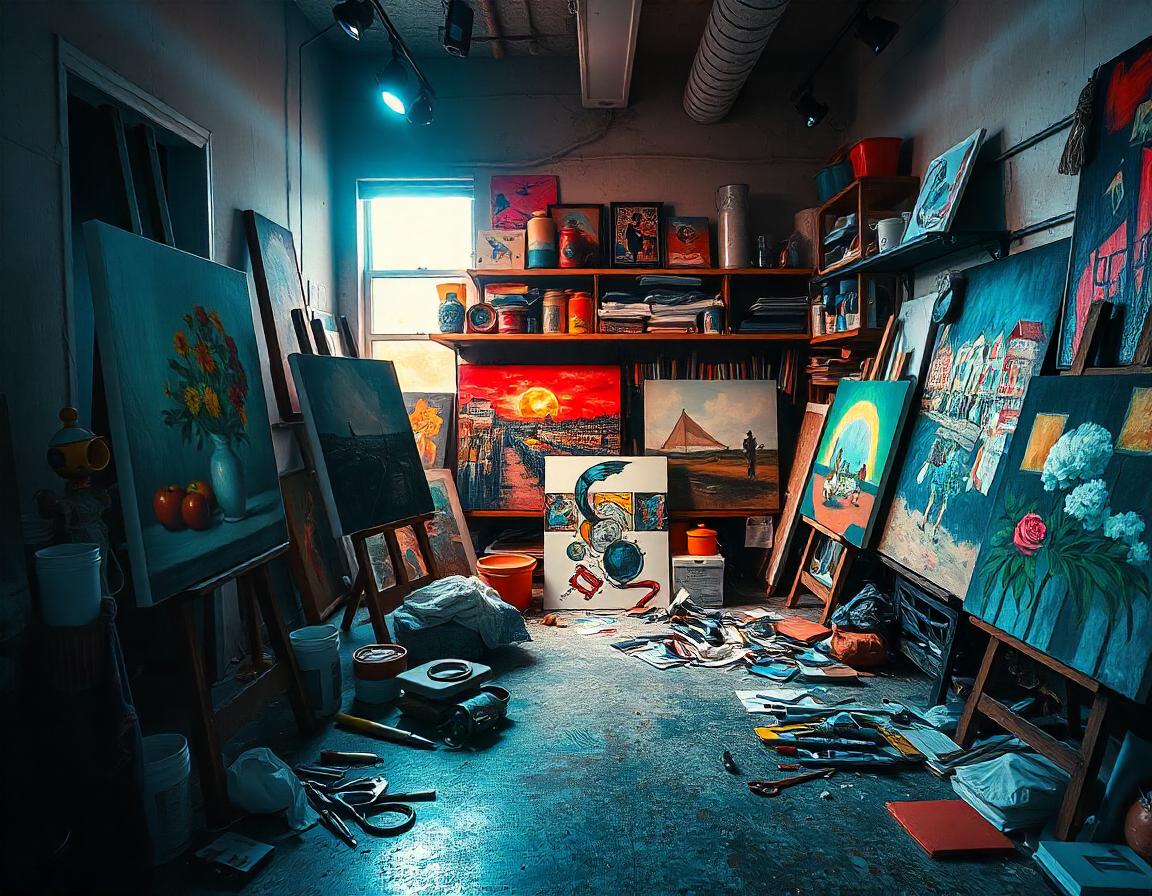


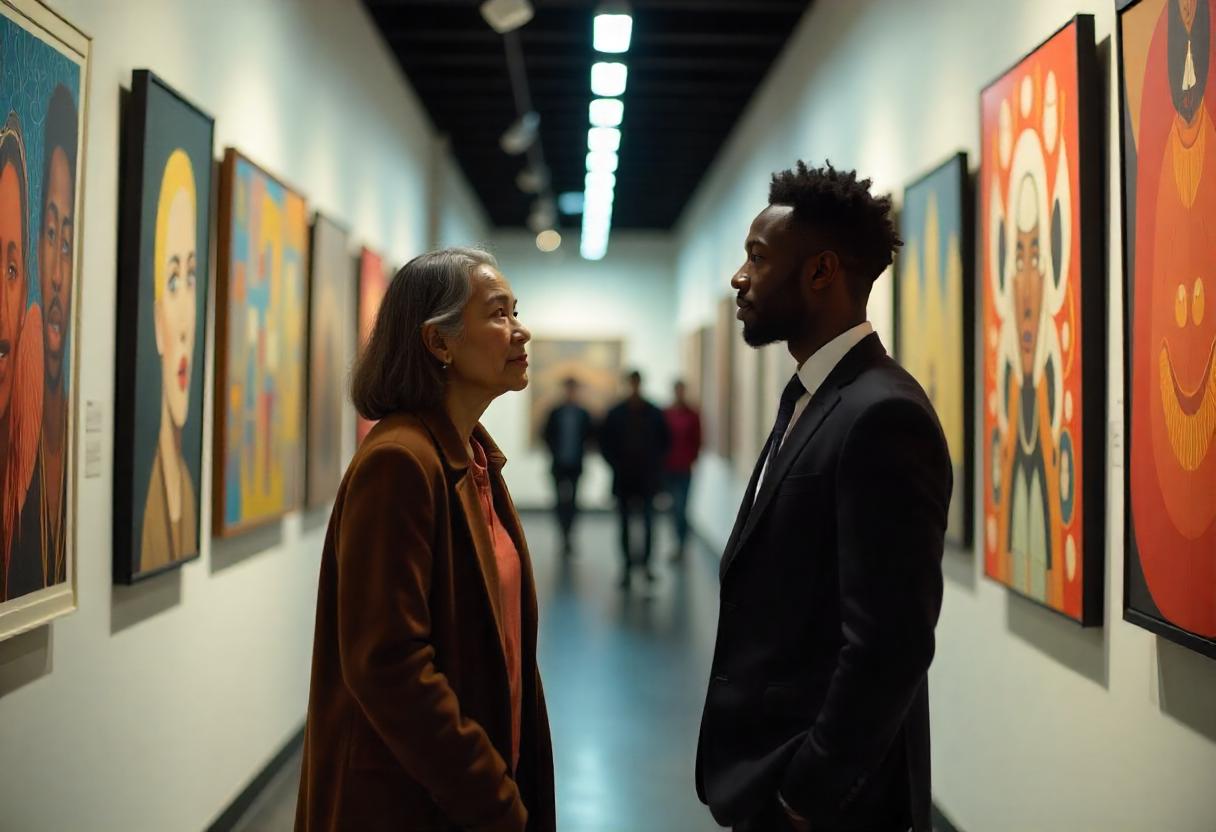

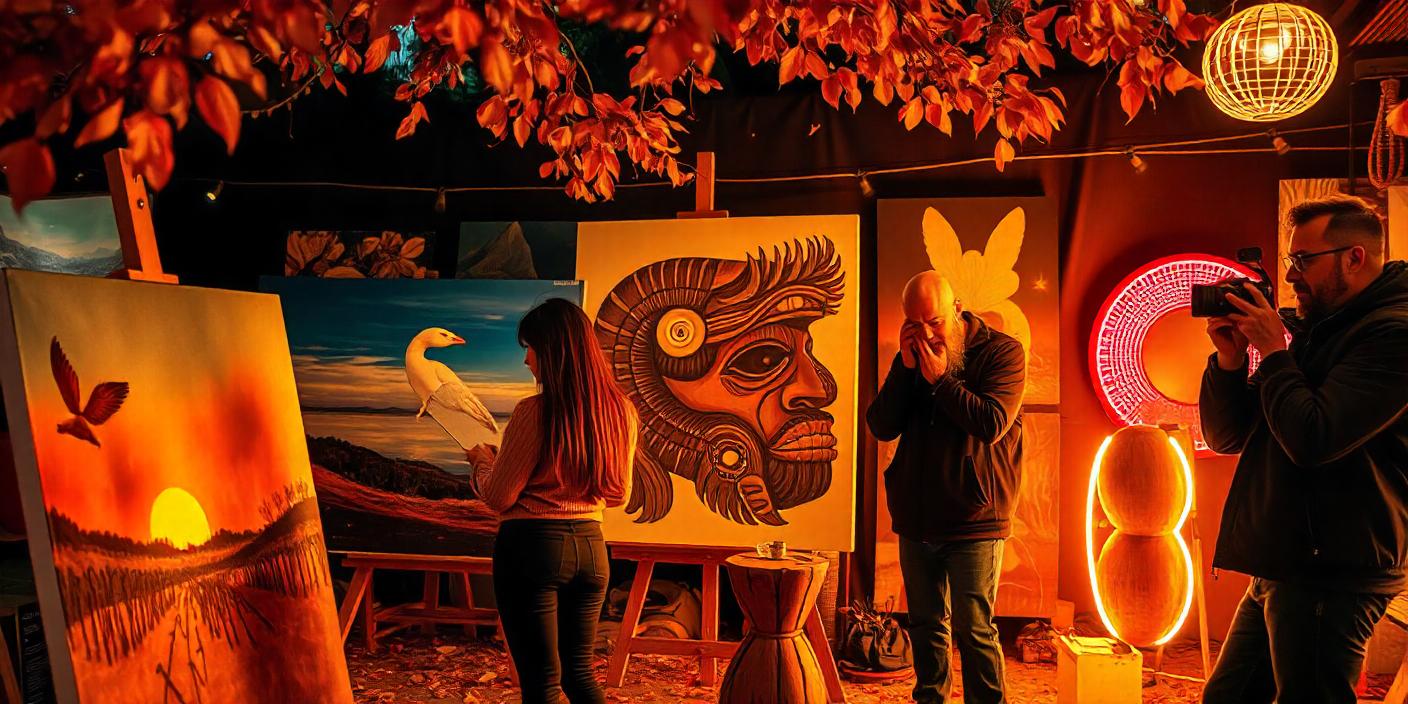


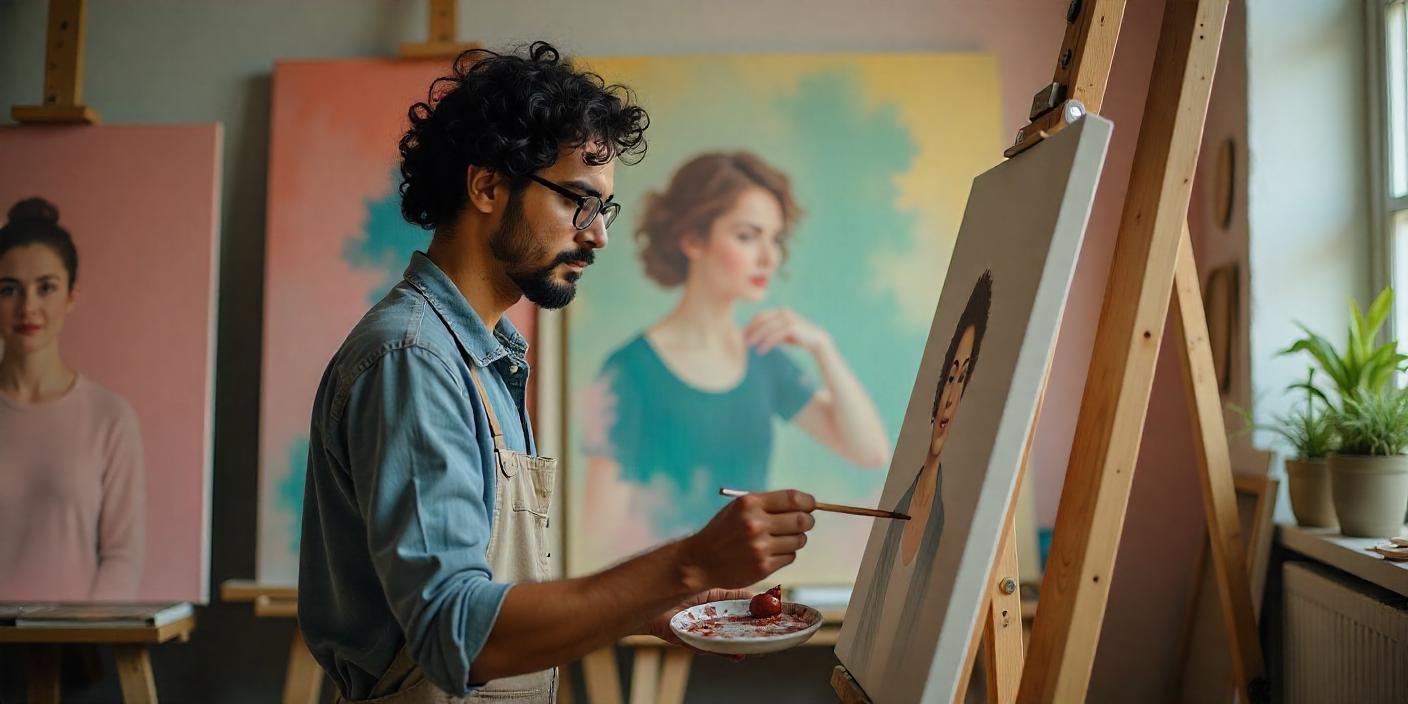



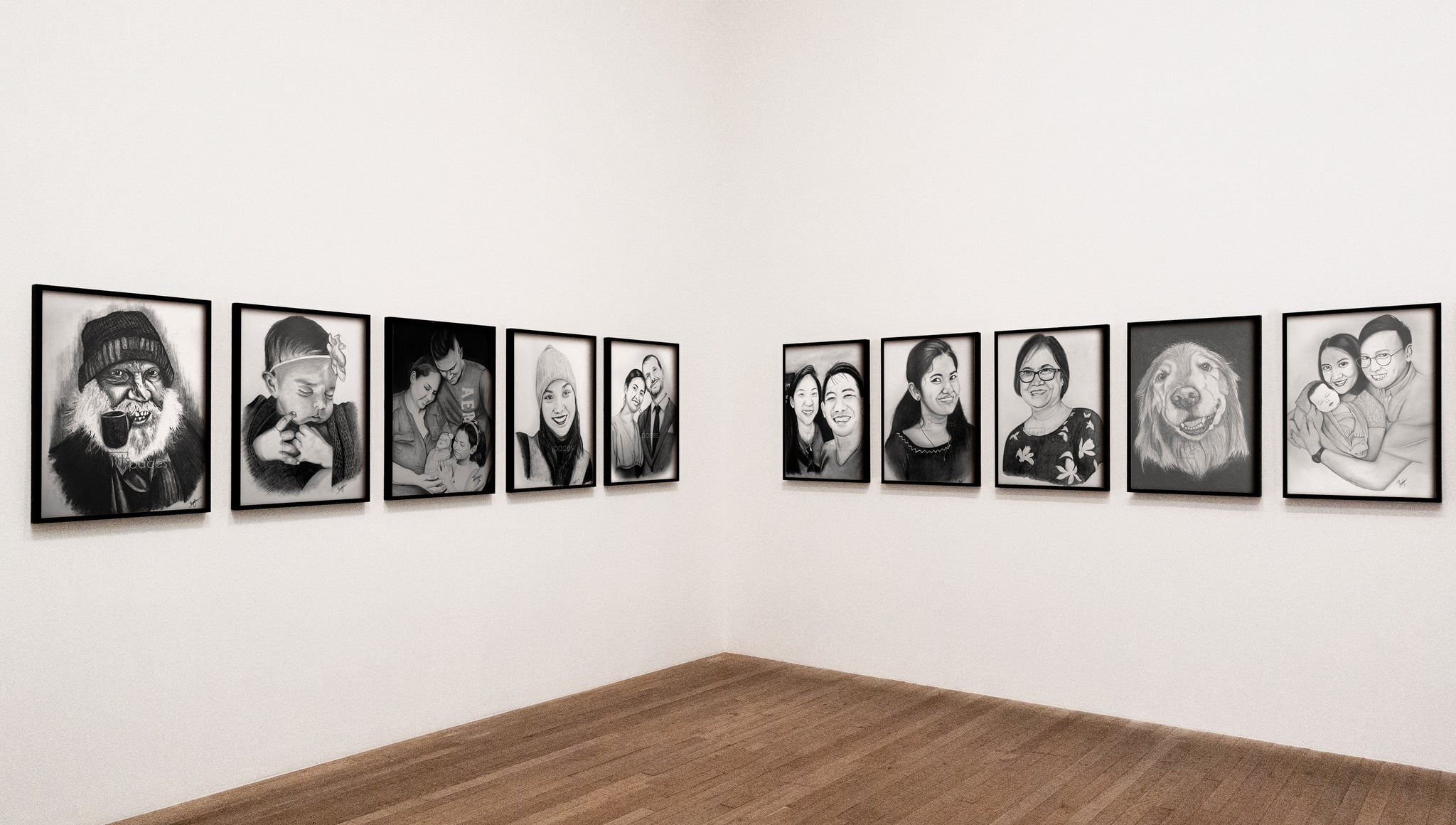
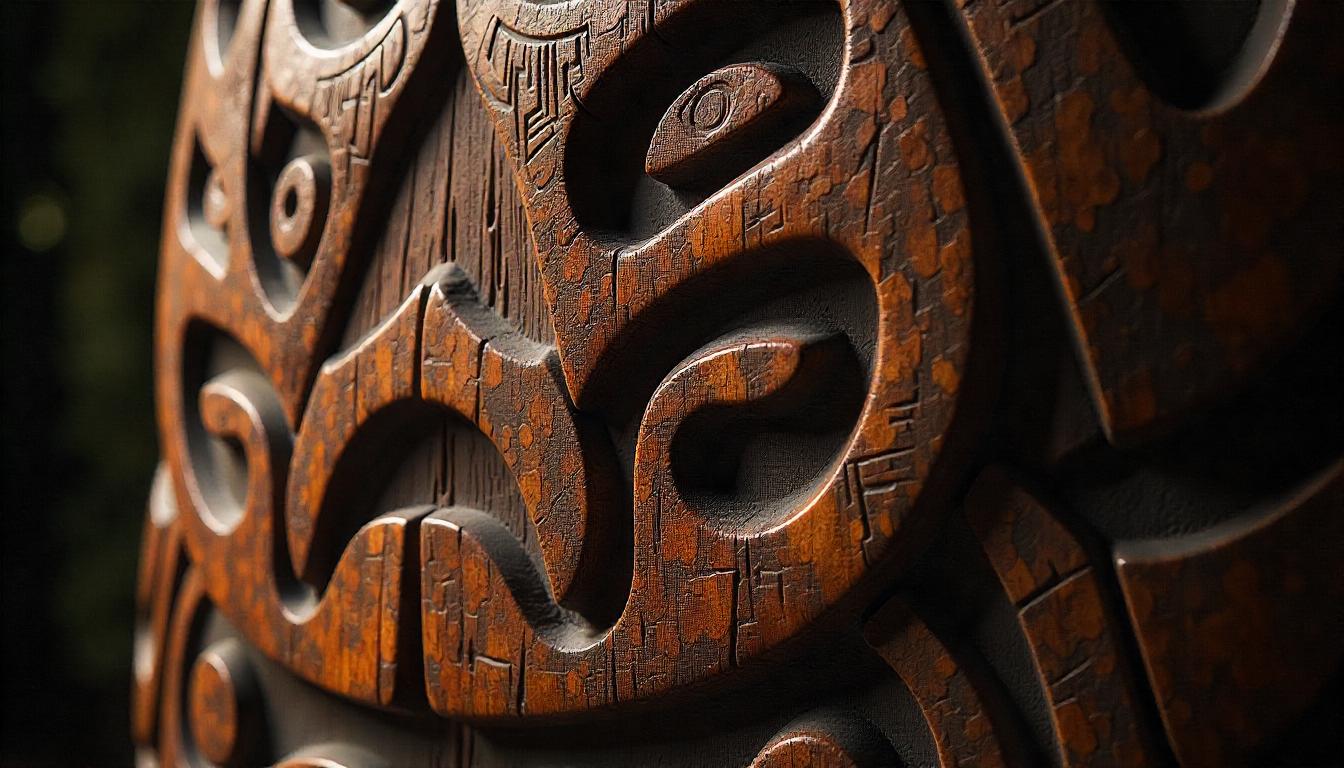


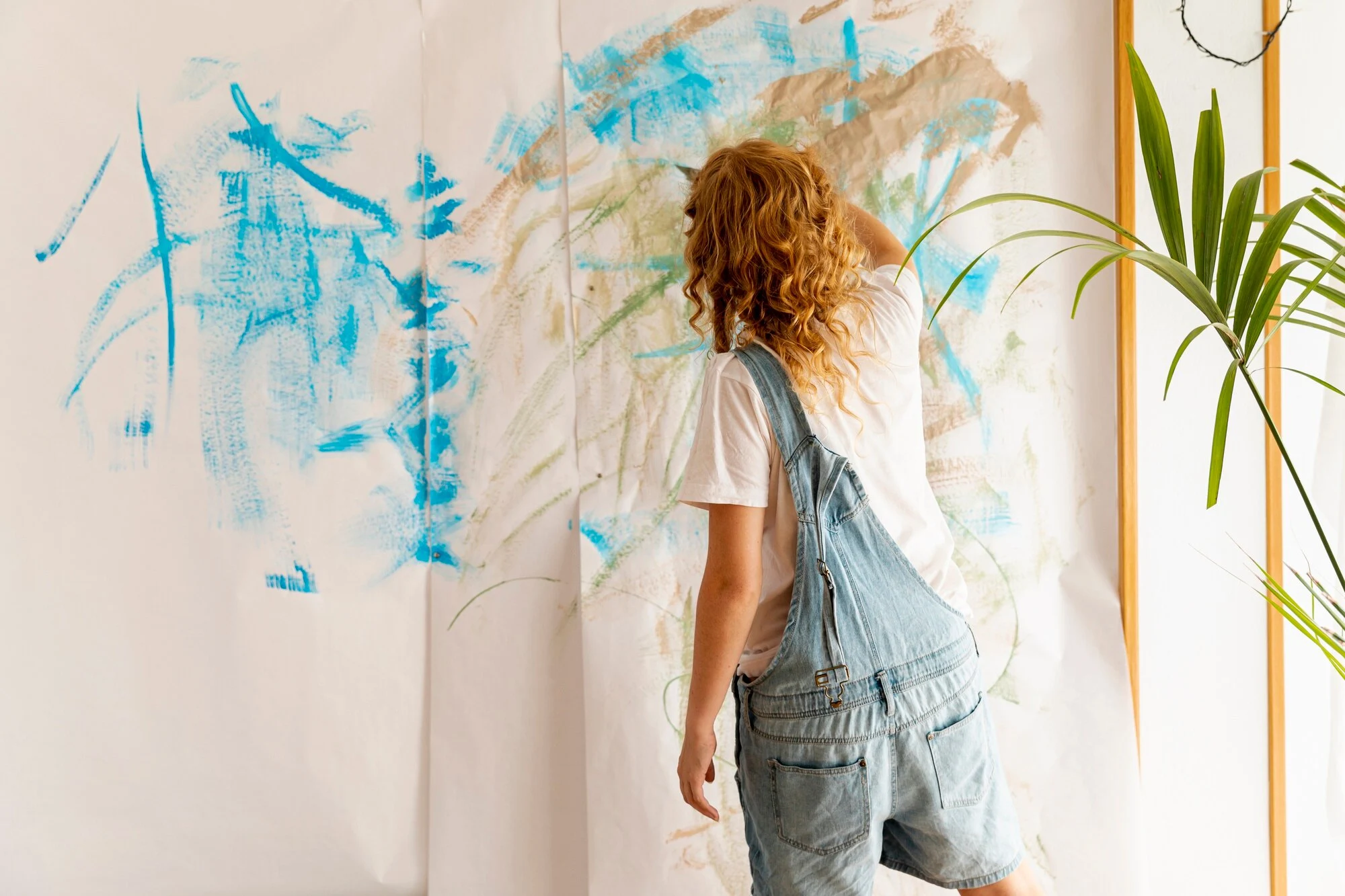
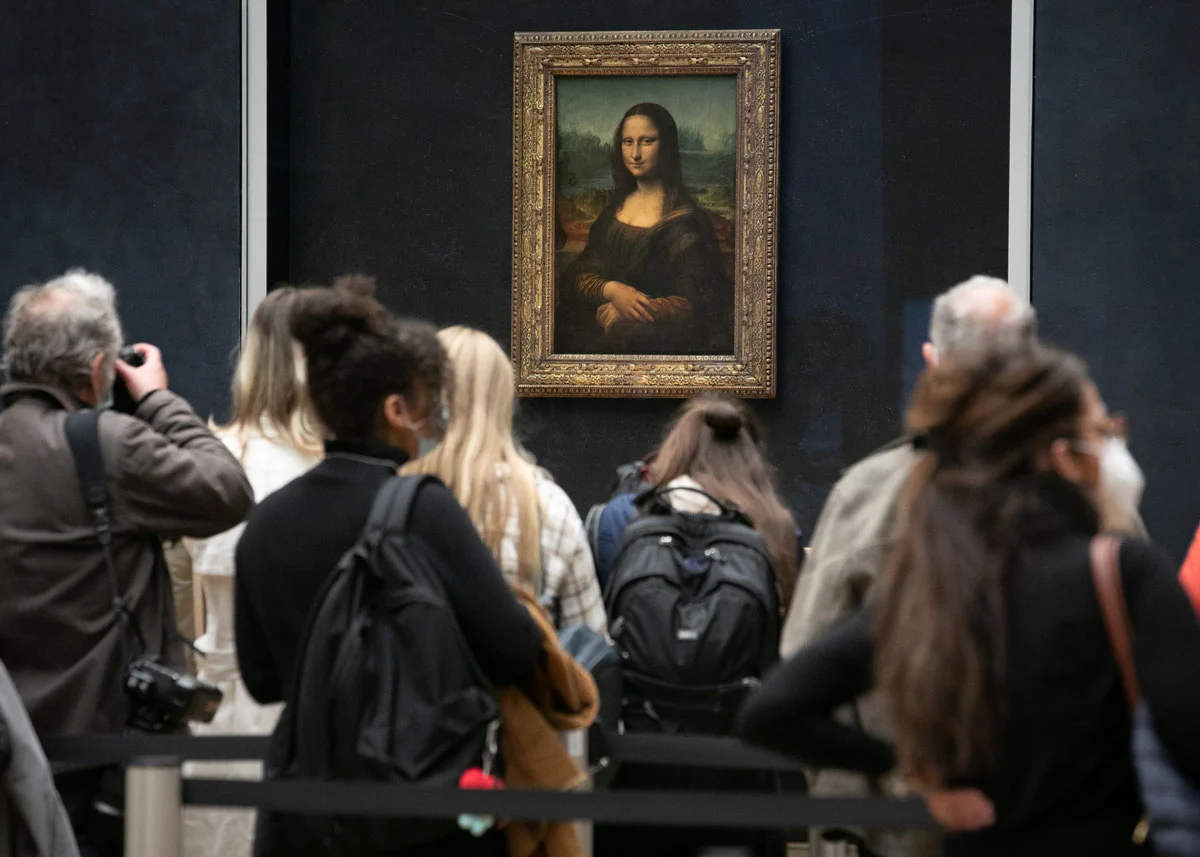


Recent Comments